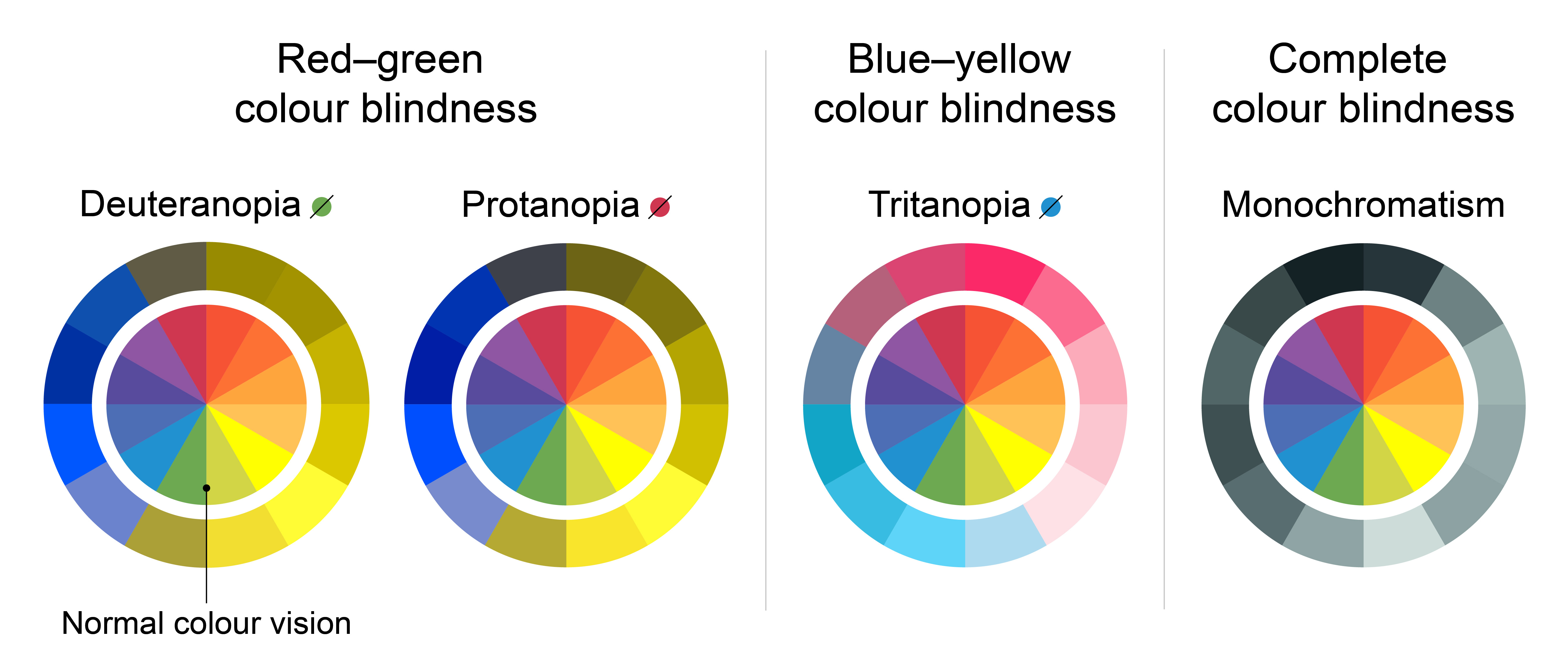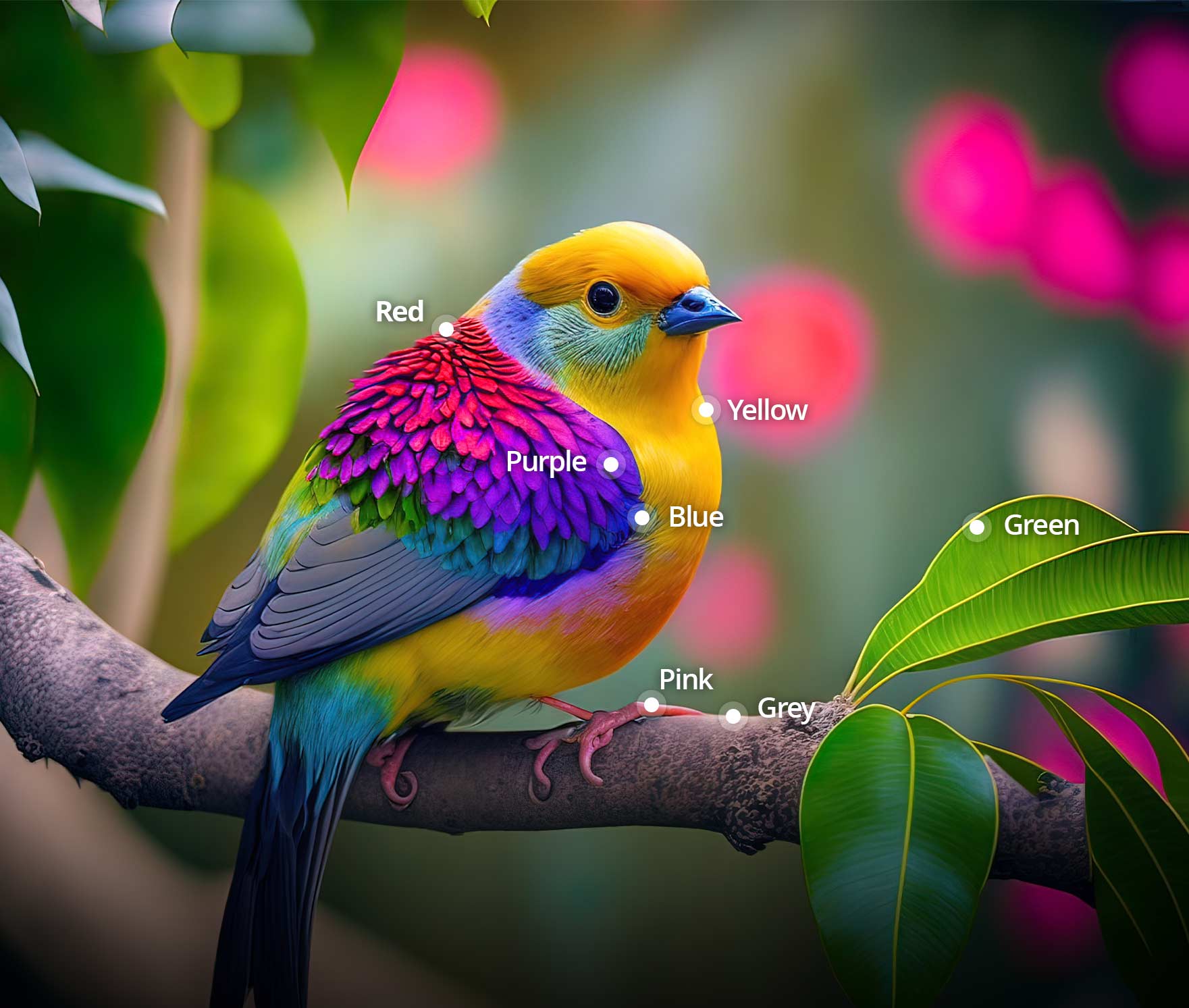Color Blindness in Sri Lanka: Comprehensive Guide and Insights

Color blindness, a prevalent condition altering color perception, extends its influence across Sri Lanka’s populace more than commonly assumed. In this exploration, we unravel the nuances of color vision deficiency, shedding light on its impact on daily life and vision acuity. Explore the diverse manifestations of color blindness and their profound implications on individuals’ visual experiences.
Types of Color Blindness
- Protanomaly and Protanopia:
- Protanomaly: Individuals with this type of color blindness have difficulty distinguishing between reds and greens.
- Protanopia: In severe cases, individuals may see reds as dark and desaturated, often confusing them with black or dark green.
- Deuteranomaly and Deuteranopia:
- Deuteranomaly: This type makes it challenging to tell the difference between greens and reds.
- Deuteranopia: Individuals might perceive greens as grayish-red or brown.
- Tritanomaly and Tritanopia:
- Tritanomaly: Those with this type may struggle with distinguishing between blue and yellow hues.
- Tritanopia: It’s rare but possible to see blues as greenish and yellows as violet or light gray.

Color blindness poses significant challenges across multiple facets of life, impacting crucial activities like driving, selecting ripe fruits, and interpreting traffic signals. In Sri Lanka, a nation steeped in vibrant cultural celebrations and adorned with colorful road signs, these hurdles become even more pronounced.
Navigating Work and Education
In careers like graphic design and electrical wiring, accurate color perception is vital. Likewise, color-blind students may face challenges with color-coded educational materials. Discover how these factors impact professions and education for those with color vision deficiencies.
Seeking Solutions
Thankfully, modern technology provides effective remedies for color blindness. Individuals in Sri Lanka grappling with color vision deficiencies can now access a range of solutions, including specialized corrective lenses and innovative smartphone applications designed to aid in color identification.
Fun Facts About Color Blindness
# Babies Are Born Color Blind
As babies grow, their color vision improves and is typically fully developed by the age of 6 months. Overall color discrimination capability reaches its peak by age 20, and then starts to decline again.
# More Common in Men
Color blindness affects men more frequently than women. Statistics show that around 8% of men but only 0.5% of women worldwide are color blind.
# Animals Can Be Color Blind Too
It’s not just humans who experience color blindness. Some animals, such as dogs, have limited color vision, seeing the world primarily in shades of blue and yellow.

Conclusion
Boosting awareness surrounding color blindness proves crucial for fostering inclusivity in Sri Lanka. By educating employers, educators, and the general public about necessary accommodations and understanding, we pave the way for a more inclusive environment for individuals facing color vision deficiencies.
Schedule a consultation at the nearest eye care center for expert advice and guidance on maintaining optimal eye health. BOOK NOW





